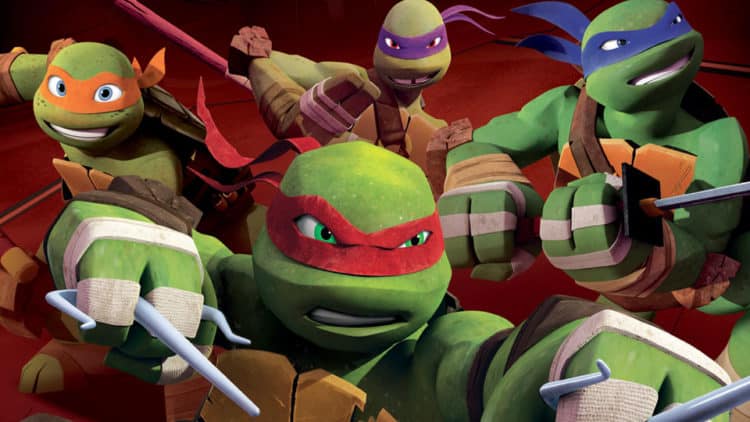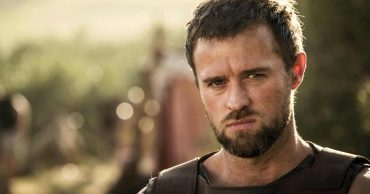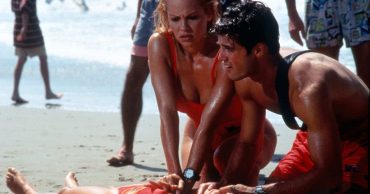
Thus far, there’s been four different television versions of the popular comic book series. The third version started in 2012 and had a five season arc that officially ended in 2017. Before the show’s official premiere, the odd animation appeared to indicate a cheap and watered down version of the four turtles that fans know and love from the classic comic books; however, by the time the final episode aired, the 2012 incarnation of Teenage Mutant Ninja Turtles turned out to be one of the most compelling and narratively strong versions to hit the television screen. Of course, the show is by no means perfect, with the first eight episodes of season three arguably being the weakest of the entire series. Granted, Buried Secrets helped us finally gain some understanding of what happened to April’s mother; While Vision Quest was an excellent episode that tested the turtles strength and readiness before they moved headed back to New York; however, the whole turtles in the country arc mainly felt like time filler, especially coming off such a strong season finale. Even then, those filler episodes did come with some important character development. The reason that the 2012 incarnation of the popular franchise turned out to be such a great series is due to the fact that the show was unexpectedly dark, and wasn’t afraid to take several big risks that impacted the overall narrative.
As each season passed by, we saw the growth of Mikey, Ralph, Leo, and Donnie, along with April O’Neil and Cassie Jones. Most of the episodes came with a valuable lesson that didn’t just last one episode, but it helped developed the characters as the series continued moving forward. Not surprisingly, the series did an excellent job of capturing the personalities of the four turtles; however, it managed to nicely explore them as well. We all know Ralph has anger issues. While the series doesn’t exactly get to the root of why he has such a quick temper, it does examine how his anger affects not only himself, but the entire team as well. The same thing with Leo’s problems on being the leader of the group, or how Donnie’s intelligence can actually be a hinderance as well. The turtles feel human because they come across as such relatable characters. Despite being an animated series, their actions never feel cartoonish or over-the-top, and the themes that are often tackled are mature, yet simple enough for everyone to understand. It’s not an easy thing to get the dynamic of Mikey, Ralph, Leo, and Donnie correct as there’s a risk of them being annoying imitations of their characters in the comic books, but the writers thankfully adds layers to each of them.
Of course, I can’t forget about Master Splinter. The choice to actually kill him off in season three was truly a shocking moment. The show did an incredible job documenting the rivalry of Splinter and Shredder; From how the rivalry fueled during the early days of both men training to Shredder’s obsession with revenge. It could’ve been easy to simply have him be a one dimensional strong brute, but like the protagonists, the series does an excellent job of showcasing the villains and Shredder’s will to win at any cost. It was fascinating to see Shredder’s life being torn apart because of his unhealthy rivalry against Splinter. Easily, he’s the best villain on the entire series and I love the fact that the writers made such a bold move by given him his big win over Splinter. It created the “anything can happen feel” and while none of the other major protagonists are killed off throughout the remainder of the show, that feeling of unpredictability helped keep me on the edge of my seat.
In terms of characters, one criticism I do have is about the Pulverizer. When we meet his character, he’s sort of a charming goofball who ultimately turns into a mutant himself. Once he transforms, he’s more so sidelined with the spotlight going back to his character every now and then. However, the Pulverizer arc never had an end. It would’ve been great to see the turtles turn him back to a human. This is more of nitpick of mines since this doesn’t ruin the series in the slightest. Another strong aspect of Teenage Mutant Ninja Turtles is the series keeping each season fresh by mixing up the formula. Despite not liking the country arc too much, it serves its purpose overall. The stories with Fugitoid and Dimension X, The Kraang, their travel back into the 80s timeline created a fun opportunity that allowed the writers to play with the dynamic of the core characters, while still crafting a thrilling narrative. The 2012 version of TMNT did an amazing job of handling the world of the classic comic book heroes and remains the best animated version of the series.April O’Neilpopular comic book
 Follow Us
Follow Us





